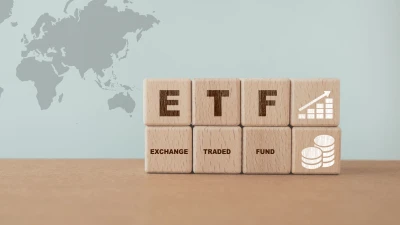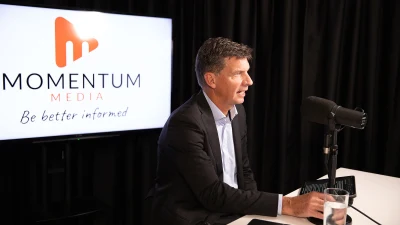Expect 3 years to return to pre-crisis earnings


Despite strong rebounds in the stock market, it will likely take three years to return to the same earning levels as before the COVID-19 pandemic, according to SG Hiscock.
Hamish Tadgell, SG Hiscock Australian equities portfolio manager, said looking back at previous cycles, typically it took three years to get back to pre-crisis earnings.
“If you look at the Global Financial Crisis (GFC) it took a lot longer and was a very slow recovery; it was nine years to get back to pre-crisis GFC earnings,” Tadgell said.
“We think the recovery this time around will not be like the GFC – there’s some important distinctions to make between the GFC and today – the GFC was a financial crisis and this is an event driven crisis.
“This time we’ve seen household cashflow actually rise through the recession, it’s very unusual that you see that which is a consequence of the massive stimulus, things like JobKeeper, mortgage furloughing and superannuation early release, etc.”
Tadgell said some sectors of the market, particularly technology and some consumer stocks, would drive earnings recovery.
“We’ve seen massive price-to-earnings (P/E) expansion; average versus high P/E stocks are 47 times in the market,” Tadgell said.
“That’s about an 80% premium to the 20-year average, whereas on the value side on average they’re trading at a 55% discount to the 20-year average.
“You have this massive dispersion as a result of clearly some big crisis and idiosyncratic issues.”
The last decade had also seen massive outperformance for growth stocks when compared to value stocks.
“There’s been incredible outperformance, really driven by that low growth period post-GFC and declining bond rates,” Tadgell said.
“We’re now at a point where we think that bonds or interest rates have really reached their lower bounds.
“The ability to benefit materially from lower bond rates, and the valuation expansion for long duration stocks and high growth stocks is much reduced.”
From an investing perspective, Tadgell said the firm had structured their portfolio to capture the move to growth.
“There’s still some very good growth stocks or what we call structural compounders – companies that have a dominant position and strong competitive advantages,” Tadgell said.
“But we do think there is a need to reallocate some of the portfolio towards quality cyclicals, and over the last six to eight weeks we have been buying into quality cyclicals.
“[We] have moved 80% of our portfolio out of the structural compounder bucket and into quality cyclicals.”
Performance of the NASDAQ 100, S&P 500, MSCI World and ASX 200 since 30 June 2020
Recommended for you
Fidelity Australia managing director Lawrence Hanson has announced the firm’s intention to launch several of its strategies as active ETFs.
Online investment adviser and fund manager Stockspot has introduced Stockspot Super, Australia’s first 'ETF only' superannuation product. superannuation product.
ETF provider Global X has launched a Gold Bullion ETF which will complement the firm’s existing physical gold vehicle.
Betashares has highlighted which ETFs saw the highest volume of inflows and outflows in April, while the overall ETF industry breaks its six-month growth streak.














